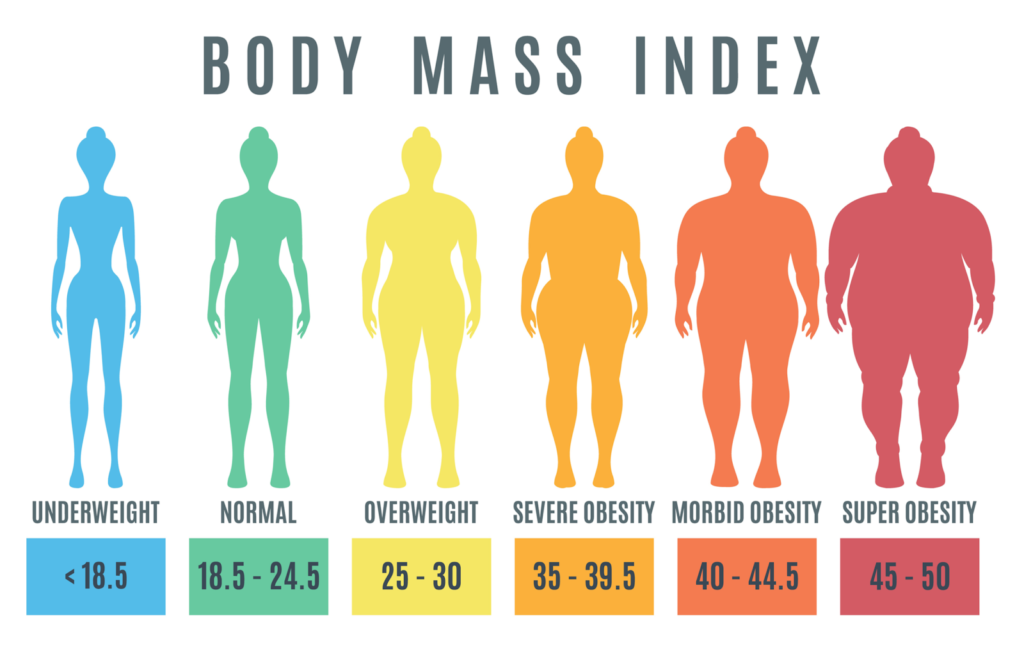Objectives
This webinar defined obesity, explained the causes and consequences of obesity, identified the effect of the lifestyle factors on obesity and encouraged students to recognize the causes of body dissatisfaction & eating disorders. The tools for weight management were explained thoroughly.
Introduction
Obesity means excess body fat that may impair health. It’s a form of malnutrition. It can occur because it runs in someone’s family or her behaviour or exposure to an environment that favours unhealthy diet or inactive lifestyle.
The behavioural factors include un-healthy diet, decreased energy expenditure, stressful lifestyle, inadequate sleep, ignorance.
Un-healthy diet means decreased consumption of vegetables, fruits and other high-fiber foods, increased animal fats, hydrogenated oils, refined grains, sugars or syrups, increased fast food, salt & sugar, carbonated soft drinks, coffee & tea, improper preparation of foods e.g. frying, alcohol consumption
Other behavioural factors include inadequate water intake, low level of physical activities, stressful lifestyle, sitting too much, inadequate sleep
Prevention of Obesity
Obesity can be prevented by behavioural change and environmental management. Eat healthy, engage in moderate exercise, manage stress, sleep for 8 hours at night, Use available facilities for exercise and discover healthy food restaurants in your environment.
The weight management toolbox:
There are 4 tools in the weight management toolbox which are as follows: Changing behaviour, Functional thinking and positive self-talk, Visualization and Self -Monitoring.
Tool 1: Changing behaviour.
Behaviour is learnt through interaction between you & environment. Behaviour can be re-learnt. You should manage stimuli to decrease poor behaviours.
Step 1: Identify and describe the problem behaviour, the environmental stimuli and consequences. Do self-monitoring for at least a week
Step 2: Decide what you can do to eliminate the stimulus or replace the poor behaviour with a good one.
Step 3: Identify and study a model to help you change a particular behaviour
Step 4: Check if you are getting the desired effect with the behaviour change. Reward yourself.
Step 5: If you discover that the identified behaviour persists, go back to your goal and revise it.
Tool 2: Functional thinking & positive self-talk:
All behaviour is not based on instinct alone. The way you think, the feelings it creates inside you (emotions) and what you tell yourself (self-talk) can determine how you react to environmental stimuli. Control how you interpret what happens to you. Control what you tell yourself as a result. Positive thoughts, emotions & self-talk prevent negative behaviours. Get something good out of negative situations. The world may have their ideal of a perfect figure woman but you can interpret it positively and be yourself.
5 steps to replace Negative Self-Talk with Functional thinking & Positive Self-Talk
Step 1: Concentrate on your thoughts in specific situations
Step 2: Write down the events and dysfunctional thoughts that caused the negative self-talk
Step 3: Ask yourself why you think that way
Step 4: Formulate counter-statements and answer the negative thoughts and statements with
Step 5: Do some relaxation exercises to help you with all the steps above
It is not day-dreaming. It is focused mental work with the aim of achieving specific outcome
Tool 3: Visualization
Imagery is one of the ways your mind stores and represents information. It helps you to change existing negative programming in your head, creates and installs a picture of what you really want. Your body cannot distinguish between an event that is actually experienced or imagined therefore it is useful in becoming an effective weight manager.
Five steps to use visualization
Step 1: Think of the situation or feeling that has a negative effect on you.
Step 2: Decide what you can do to handle the situation or feeling better
Step 3: You must see the picture in your mind in vivid sensory details
Step 4: You must be as relaxed as possible when you practice visualization. Practice it often so that you don’t lose it. If it did not succeed, revise the process.
Step 5: Expose yourself to the situation that is problematic willingly and practice your vision in handling it.
Tool 4: Self -Monitoring
It involves a process of writing down details about behaviours, eating pattern & physical activity, thoughts, self-talk and circumstances for about 7 days. The details of the records depend on what you want to do about the information. If the purpose is to monitor your weight, then you must include details of what was the behaviour? What stimulated it (what you ate or did), Where did it take place?, Was the behaviour negative or positive? Consequences (thoughts, feelings, self-talk and other behaviours).
Conclusion
Know the factors associated with obesity, don’t suffer your body skipping meals, don’t try to be thin like any celebrity, Use weight management tools to achieve your weight management goal. Evaluate your efforts and sustain or modify your goals.

